Galvanic Corrosion
Galvanic corrosion can be a major headache, but it doesn’t have to be. By taking a few simple precautions, building professionals can avoid some common missteps and prevent potentially disastrous results.
Galvanic corrosion is defined as an electromechanical process when two dissimilar metals are joined together causing the less noble metal to corrode at an accelerated phase. Highly cathodic metals like stainless steel, copper and bronze are more resistant to corrosion while the less noble ones like zinc, chromium, aluminum and mild steel are more likely to corrode. Metals that are less noble are anodic and more likely to deteriorate faster when it is mixed with incompatible metals that are ranked higher in the galvanic scale.
The following situations create galvanic corrosion
1. Two dissimilar metals with a wide gap in terms of metal nobility. Coupling stainless and aluminum would result in the latter deteriorating and corroding at a faster rate as stainless steel belongs to the top quadrant of the galvanic chart while aluminum is grouped at the lower end of the scale together with plain steel, zinc and iron.
2. Must have a path that would allow the ions to transfer between two metals. Electrically conductive path or the presence of an electrolyte like salt water, moisture and oxygen.
While most metals will begin to show wear and tear at some point due to repeated exposure to moisture and other factors, galvanic corrosion is a process that exponentially speeds up that process. Nobility of metals is an indicator of how resistant a particular metal is to corrosion with the less noble ones corroding faster when paired wrongly.
Galvanic corrosion is not all that bad but can also be beneficial as it is used to protect the more noble metals and sacrifice the less noble ones. This process is known as cathodic protection. This is true for steel that has been hot-dipped and coated with zinc. In situations where the metal is scratched, the zinc coating would act as a sacrificial layer that would protect the steel from corroding. Zinc sits lower on the galvanic chart than steel henceforth it would corrode faster and act as a sacrificial anode while ensuring that the steel sections are protected and insulated from corrosion. In essence, you’re sacrificing the less noble metal for the greater good.
We can prevent galvanic corrosion by knowing which metals are meant to be mixed and which aren’t. If this is unavoidable, each metal should be preserved separately to make direct metal to metal contact impossible. This can be achieved by applying a layer of insulation between the two metals like insulation paint, coatings, pipe wraps to prevent the electrolytic bridge from forming between metals. However, water isn’t the only electrolyte as humidity, moist soil and chemicals in the air can also assume this role. In this case, multiple insulation barriers might be needed to address the issue.
Our company sells a wide variety of insulation fasteners in various metals and specifications from galvanized steel to stainless and copper. We are looking forward to serve your project needs and requirements.

